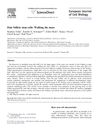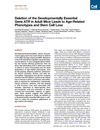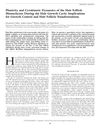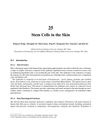Human Skin Stem Cells and the Aging Process
September 2008
in “
Experimental gerontology
”
epidermal stem cells senescence markers multipotent stem cells hair follicle bulge hair follicle regeneration epidermal repair bulge cells interfollicular epidermis sebaceous glands dermal stem cells human dermal foreskin fibroblasts progenitor cells sebocytes self-renewal multi-lineage differentiation regenerative medicine tissue repair gene therapy cell-based therapies skin stem cells aging markers hair follicle stem cells skin repair skin regeneration skin glands skin fibroblasts skin progenitor cells skin cell renewal skin differentiation skin medicine skin therapy
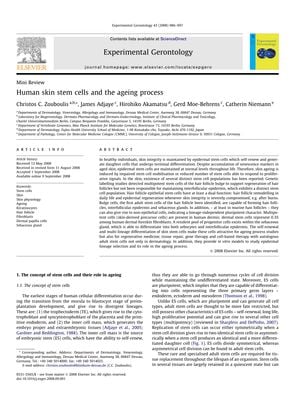
TLDR Skin aging is due to impaired stem cell mobilization or fewer responsive stem cells.
The document discussed how skin integrity in healthy individuals is maintained by epidermal stem cells, which self-renew and generate differentiated cells. Despite the presence of senescence markers in aged skin, the number of epidermal stem cells remains normal throughout life. Skin aging is attributed to impaired stem cell mobilization or a reduced number of responsive stem cells. Various distinct stem cell populations exist in the skin, including multipotent stem cells in the hair follicle bulge, which support hair follicle regeneration and epidermal repair. Bulge cells can form hair follicles, interfollicular epidermis, and sebaceous glands, and in murine models, they can also become non-epithelial cells. Dermal stem cells, representing 0.3% of human dermal foreskin fibroblasts, and progenitor cells in the sebaceous gland, which can differentiate into sebocytes and interfollicular epidermis, were also identified. The self-renewal and multi-lineage differentiation capabilities of skin stem cells make them valuable for studying the aging process and for applications in regenerative medicine, tissue repair, gene therapy, and cell-based therapies.
